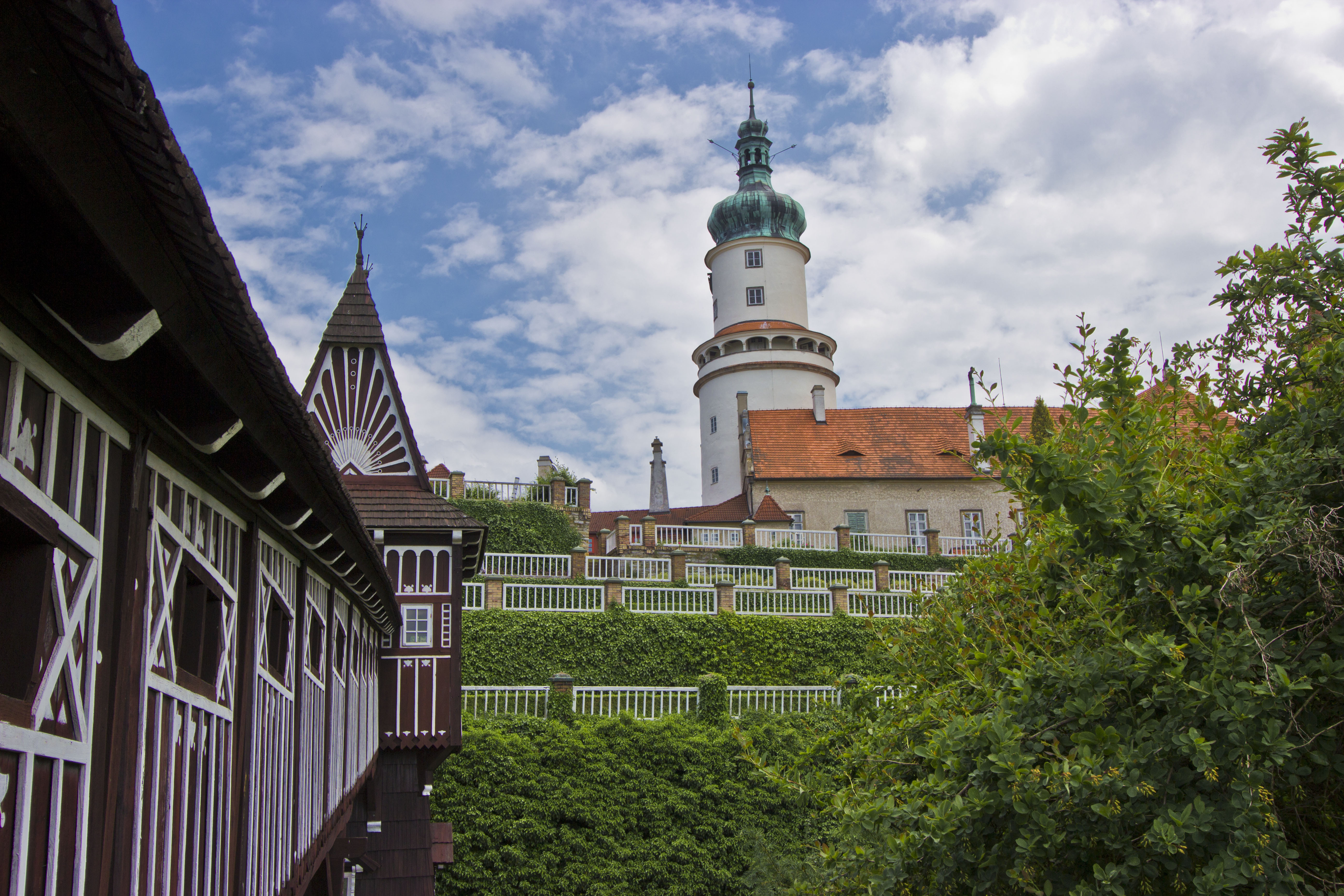
Brno and mysterious Olomouc – weekend break in Czech Republic
I visited Brno and Olomouc in one day. I have a special sentiment for these cities because I visited them during my first solo trip 😉 My sightseeing plan was quite intensive. On Friday after work I got on Lux Express bus, which on Saturday morning brought me to Brno. In Brno I had a quick coffee and switched to a bus going to Olomouc. For 230 CZK, in an hour I found myself in this tourist-forgotten city. When I got there and saw the Olomouc train station, I thought time actually stopped there.

However, when you go a little further from the station you can see a completely different reality. Walking down the empty streets, I was most surprised by the lack of tourists. However, after a while I realized that Olomouc was on the list of 50 most beautiful unknown cities in Europe according to Lonely Planet.

Surprisingly, the second largest historic urban area, just after Prague is located in Olomouc. The old town of Olomouc is indeed quite extensive and consists of two squares – Upper and Lower.

The most important monument of the city is richly decorated Holy Trinity Column, reaching over thirty meters. It was built in the first half of the 18th century as a thanksgiving for the recovery from the plague epidemic. The column is the largest sculpture in the Czech Republic and surprises with the amount of details

Olomouc is also famous for the turtle figures, located right next to the column. They’re mysterious creatures because nobody knows the reason why they reside in the main square.

Moreover, not only Prague can be proud of the famous astronomical clock – orloj. The clock in Olomouc has a unique, socialist character because instead of religious figurines it presents workers. So forget that at noon you will see angels’ figurines here, Olomouc orloj tells the time only shock workers!

Olomouc is also a city of baroque fountains. We can see here: Hercules, Julius Caesar or Neptune one.

There’s also no shortage of surprising murals. One of the most interesting can be seen on Denisova street. Presenting King Edward VII, who holds a selfie stick instead of a scepter.

Not so far from the mural, you can visit Saint Wenceslas Cathedral, one of the highest sacred buildings in the Czech Republic. You can see the organs which were used by Wolfgang Amadeus Mozart.

However, the biggest attraction of Olomouc is walking through the charming streets of the old town.


Brno meanwhile, welcomed me with a relaxed, student atmosphere. The second largest city in the Czech Republic is an important scientific and cultural centre.


It’s best to start visiting Brno by seeing the city from a slightly higher perspective. I recommend two hills. The first one – Petrov, where the famous St. Peter and Paul’s Cathedral is located. There’s an interesting view point for the city.


Don’t miss Denis’s Gardens, located right under the cathedral, it’s one of the most beautiful parks in the city.


The second place is the hill where the Špilberk Castle is located. In the times of the Austro-Hungarian Empire, there was one of the toughest prisons in the country where political prisoners were held.

Currently you can admire here the panorama of Brno, with St. Peter and Paul’s Cathedral in the background.

It’s worth visiting Zelný trh – the Cabbage Market. In the morning, the square is filled with colorful stlls offering various vegetables, fruit, spices and local products.


Right next to it is the Old Town Hall – Stará Radnica. Remember to go through the passage, there you can see the two Brno’s symbols – a dragon which resembles a crocodile and a wooden wheel.


Being in Brno, it’s also worth to get lost in a maze of paved streets and secret passages.


You can then see a lot of interesting details that create a unique character of the city.


The best place to relax after intensive sighting is Freedom Square – the main meeting point.

At the central point of the square, there’s a characteristic black clock that resembles… of course I mean a bullet, what else? 😉 The bullet is a symbol of the city’s defense against Swedes during the Thirty Years’ War. More interestingly, this clock strikes at 11 am. instead of noon. This is related to a legend, according to which, during several-month siege of Brno in the mid-17th century, Swedes decided that if they fail to conquer the city before noon, they will stop attacking. Having known this the city’s defenders, struck the bells of St. Peter and Paul’s Cathedral at 11.00, thus interrupting the Swedish siege.

Freedom Square is an excellent place to try famous dumplings and drink local beer – Starobrno.





